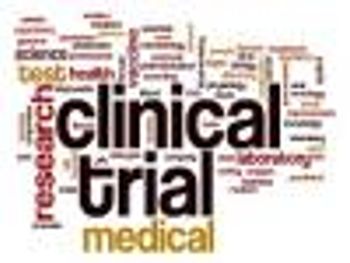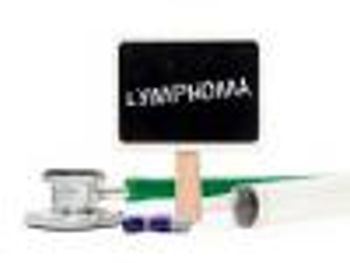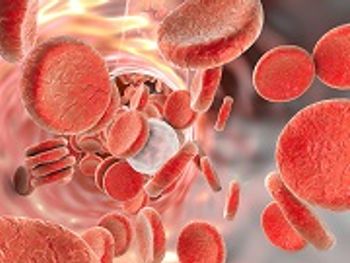
Biosimilars show promise for treatment of treat autoimmune diseases and hematological cancers.

Biosimilars show promise for treatment of treat autoimmune diseases and hematological cancers.

RANK-inhibitor denosumab was able to stop cell growth and reduce cancer development in breast cancer samples with mutated-BRCA1.

Docetaxel-induced peripheral neuropathy found in castrate-resistant metastatic prostate cancer.

Researchers explore the capability of natural killer cells.

Study finds high out-of-pocket costs remain a barrier for initiation of oral cancer drugs.

Insurers have taken interest in outcomes-based contracts for specialty drugs and non-specialty drugs.

Nivolumab (Opdivo) is a PD-1 immune checkpoint inhibitor that prevents an anti-tumor immune response.

Inotuzumab ozogamicin is a novel antibody-drug conjugate comprised of a monoclonal antibody that targets the surface cell antigen CD22.

Isoform stabilizing drug may be effective targeting colitis and colon cancer.

A combination approach that targets stromal and pancreatic cancer cells showed decreased cancer cell proliferation and invasion.

Women receiving radiation and chemotherapy may experience damage to their ovaries.

Overall and progression free survival in advanced non-small cell lung cancer improved with pembrolizumab.

Efficacy of aromatase inhibitors reduced among breast cancer patients who smoke.

Top news of the day from across the healthcare landscape.

Study finds PRC2 inhibitor may treat wide range of cancer types.

Reading mammograms for longer periods of time did not reduce cancer detection, but increased overall performance.

Survival doubled in patients being treated with nivolumab, but the disease eventually progressed in most patients.

Study finds risk from drinking coffee, tea, or other beverages at higher temperatures.

Iso-acoustic focusing could be used to determine how a treatment is working in cancer patients.

Gene therapy found to stop the progression of glioblastoma and high-grade glioma in mouse models.

Promising new technique revealed for stopping tumor cell migration.

Recent advances and updates in oncology and cancer drug development.

Researchers discovered that the gene RhoC is able to control how cancer cells create energy and use glutamine.

FCGR2A could indicate which patients with colorectal cancer respond to cetuximab.

Recommended levels of exercise found to decrease the risk of cancer in 13 of 26 cancer types.

Certain cancer cells evade the immune system through blocking NLRC5.

Issues with sleep can lead poor prognosis for skin cancer.

Several factors can affect whether women diagnosed with breast cancer begin chemotherapy.

Nanostructured lipid carriers containing melatonin adjuvant to tamoxifen killed more breast cancer cells than tamoxifen alone.

Hyaluronidase could stop elevated pressure in solid tumors, which is a major reason cancer drugs fail.